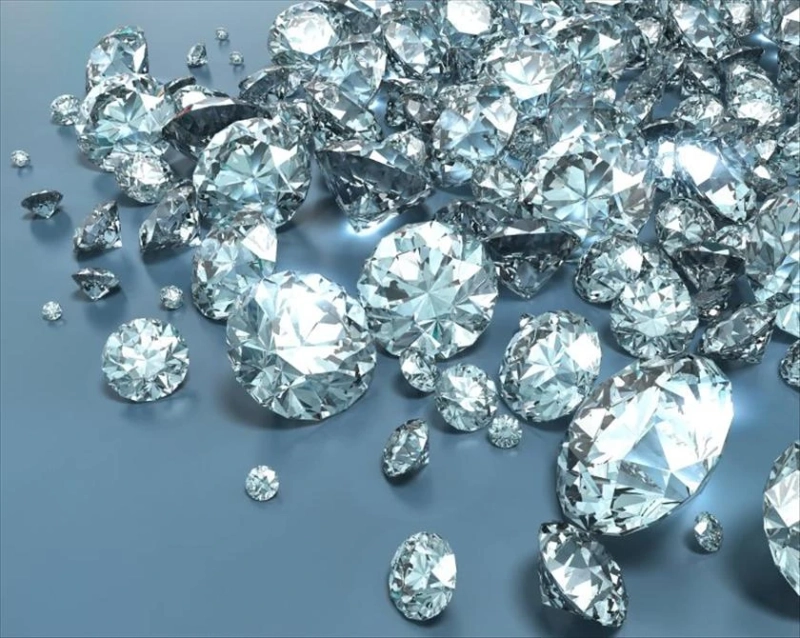In the world of luxury and glamour, diamonds have always held a special place, often celebrated for their perceived rarity and uniqueness. However, beneath the surface of this glittering allure lies a truth that challenges the widely accepted notion – that mined diamonds are rare. In this exploration, we unravel the intricacies of the diamond industry and examine why mined diamonds are not rare the perception may not align with geological reality.
Diamonds, those sparkling gems that have been treasured for centuries, have a captivating origin story. Formed deep within the Earth's mantle, diamonds undergo a complex process involving extreme pressure and high temperatures. Over millions of years, volcanic activity brings these precious gems closer to the surface, making them accessible for mining. This geological journey results in a significant abundance of diamonds scattered across the Earth's crust.
Contrary to the romanticized narrative of rarity, the diamond industry plays a pivotal role in shaping the perception of mined diamonds. A deliberate strategy of controlling the release of diamonds into the market fosters the illusion of scarcity. By carefully managing supply and demand, the industry maintains the belief that mined diamonds are rare and inherently valuable, thus driving up market prices.
Environmental considerations add another layer to the discussion of diamond rarity. Large-scale mining operations, often criticized for their ecological impact, extract diamonds at a substantial cost to the environment. The toll of mining further reinforces the idea that diamonds are scarce and, consequently, more precious.
Recent technological advancements have introduced an alternative to the traditional narrative of diamond rarity – lab-made diamonds. Unlike their mined counterparts, lab-made diamonds are created in controlled environments using advanced technological processes. While these diamonds share identical physical and chemical properties with mined diamonds, the key difference lies in their accelerated production time, challenging the natural timeline of geological rarity.
The rise of lab-made diamonds signifies a paradigm shift in the diamond industry. With increased efficiency and cost-effectiveness in production, these diamonds offer consumers an ethical and sustainable choice. This departure from tradition not only challenges the established narrative of mined diamonds as rare but also presents a viable alternative that is gaining traction in the market.
As awareness grows regarding the ethical and environmental concerns associated with mined diamonds, consumer preferences are evolving. Lab made diamonds, with their sustainable appeal, are increasingly becoming a preferred choice. This shift poses a direct challenge to the traditional diamond industry and its narrative of rarity.
In conclusion, the perception of mined diamonds as rare is a construct shaped by the diamond industry to maintain market value. While geological processes do create diamonds, the intentional control of supply, coupled with environmental consequences, contributes to the illusion of scarcity. The emergence of lab-made diamonds disrupts this narrative, providing a sustainable alternative that challenges the established norms of rarity. As consumers become more informed, the diamond industry may need to adapt to a changing landscape where the true rarity of diamonds is unveiled.


